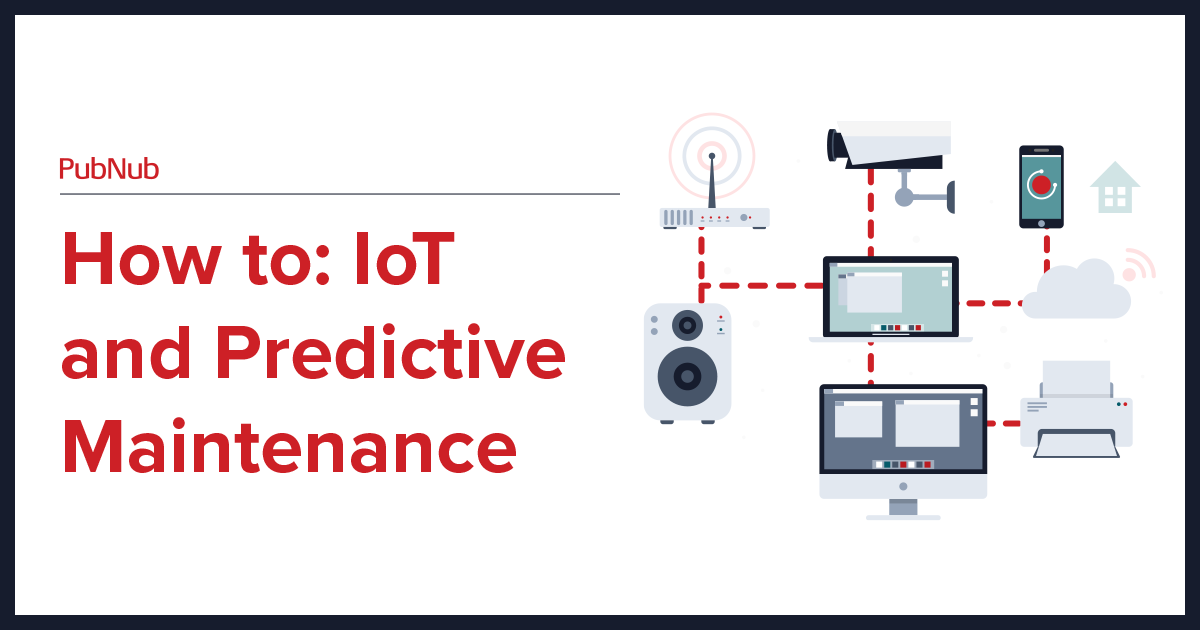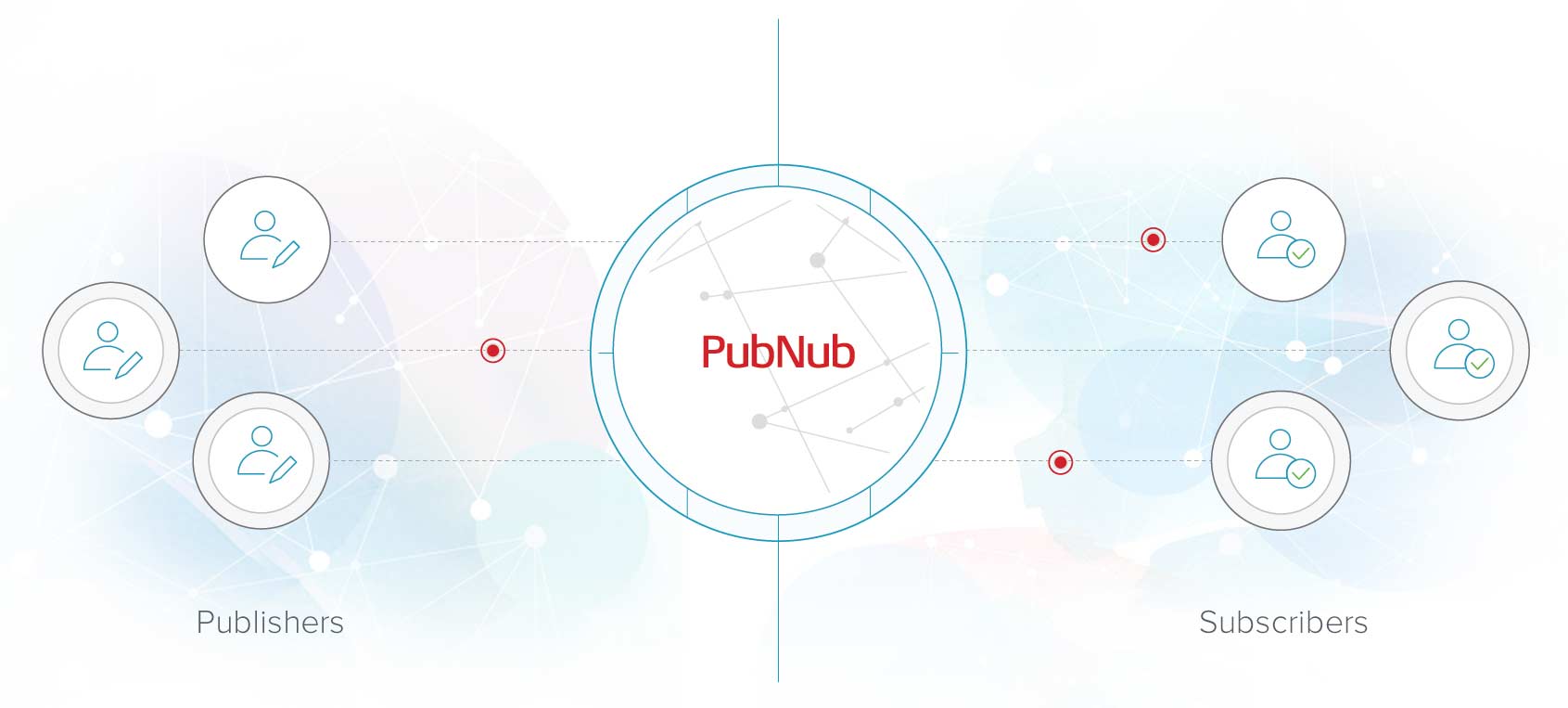Supervisory Control and Data Acquisition (SCADA) is a system that enables the monitoring and control of industrial processes and facilities. Manufacturing, energy, water and waste management, and transportation industries are where SCADA control systems are seen. This post covers an overview of SCADA systems, their components, types, features, examples, and applications.
SCADA System Components
A SCADA system comprises four main components: sensors, relay, and actuator data from programmable logic controllers (PLCs), remote terminal units (RTUs), supervisory computers, and communication networks. Sensors and actuators are the devices that collect telemetry data and control commands. RTUs are devices that communicate with sensors and actuators, collect data, and send it to supervisory computers and human-machine interface (HMI) or other HMI software. Supervisory computers are responsible for data processing, monitoring, control, and storing historical data. Communication networks and communication technologies provide the means for the components to communicate with each other.
Types of SCADA
SCADA systems can be classified into two types: hardware-based and software-based. Hardware-based SCADA systems use physical components such as sensors, RTUs, and industrial control systems or supervisory computer systems. In contrast, SCADA software-based systems use virtual elements such as software sensors, software RTUs, and a virtual computer supervisory system.
SCADA Architecture and Features
SCADA systems offer various features, including real-time data acquisition and monitoring, data storage and retrieval, trend analysis and reporting, alarm and event notification, and remote control and access. These features enable efficient monitoring and control of industrial processes, reducing downtime, improving productivity, and enhancing safety.
SCADA Applications
SCADA systems are used in various applications such as process control, system integration, quality control, and environmental monitoring:
Process Control - SCADA systems monitor and control industrial processes such as chemical production, food processing, and pharmaceutical manufacturing.
System integration - SCADA systems integrate different systems and processes into a single control platform
Quality control - SCADA systems monitor and control quality parameters such as data collection from temperature, pressure, humidity, or other field devices.
Environmental monitoring - SCADA systems monitor and control environmental parameters such as air quality, water quality, and waste management.
Common Examples of SCADA in Use
There are several examples of modern SCADA systems in various industries. In the manufacturing industry SCADA systems control equipment production processes, monitor equipment, and optimize production. In the energy sector, SCADA systems are a key part of communication infrastructure and system architecture used to control power generation and distribution, monitor energy consumption, and manage renewable energy sources. In water and waste management, SCADA systems control wastewater treatment processes, monitor water quality, and manage waste disposal.
SCADA systems are essential in industrial automation for industrial organizations, offering efficient monitoring and control of industrial processes.

